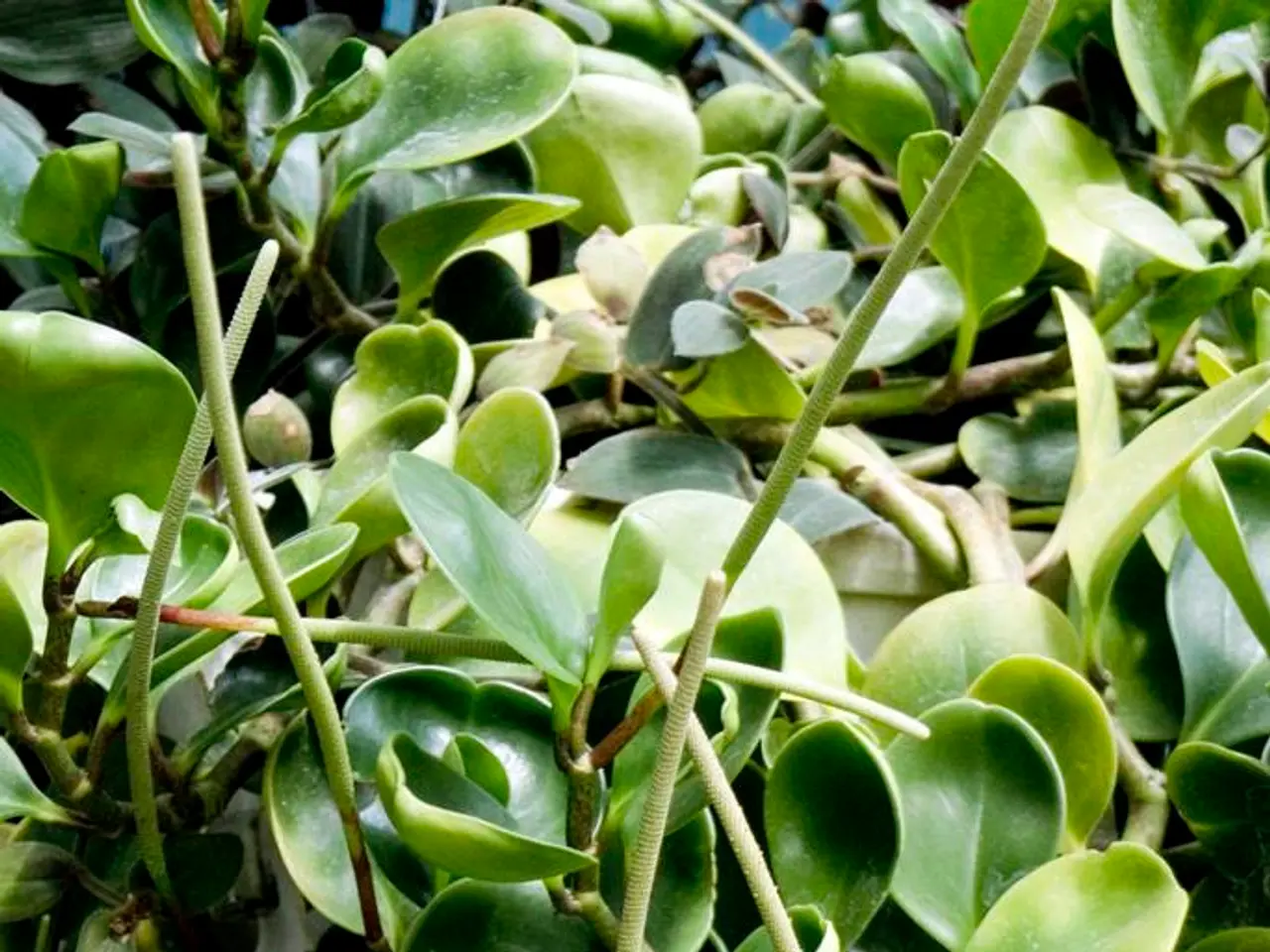Space-Based Toothpick Assembly Attempt
In a fun and educational twist, the Magic Star toothpick activity offers an engaging way to teach children about capillary action, a fundamental concept in physics. This activity is perfect for students in kindergarten through 5th grade, making it an ideal addition to any science lesson plan.
To begin, five dry wooden toothpicks are bent in half and arranged to create a closed star pattern on a small plate. The toothpick star remains stationary until water is added to its centre using a medicine dropper. As the water seeps into the toothpicks, the wood fibres absorb the water and expand, causing each bent toothpick to straighten as it swells.
The toothpicks then push against each other, causing the star shape to open up and appear to move. This unfolding motion is a result of the forces at play, with adhesive forces between water molecules and the wood fibres being stronger than the cohesive forces within the water. This allows water to travel up through the narrow channels inside the toothpicks, causing them to expand and exert force on neighbouring toothpicks.
Capillary action, the process responsible for this movement, demonstrates how water can travel through tiny spaces — in this case, the wood fibres — and cause a physical change, much like how plants move water from their roots to their leaves. By observing the toothpick star, students can visualize how surface tension allows water to interact with objects in everyday life.
This STEM (Science, Technology, Engineering, Mathematics) activity requires just a few simple materials: five dry wooden toothpicks, a small plate, a small bowl of water, and a medicine dropper. It can serve as a party trick or be used to discuss how plants absorb water through their roots. For younger students, the activity can be differentiated to introduce the concept of surface tension and basic scientific observation.
In conclusion, the Magic Star toothpick activity is a captivating and educational way to teach children about capillary action, a fundamental concept in physics. By observing the toothpick star, students can better understand how water interacts with objects and how plants absorb water.
- For kindergarten kids, the Magic Star toothpick activity can be a fun introduction to the world of chemistry and stem education, providing hands-on learning experiences.
- This activity offers an engaging way to explore the art of science, making learning about physics more enjoyable for kids.
- With its simple materials like toothpicks, a plate, water, and a dropper, this project can be a great addition to science-themed parties or classrooms.
- By understanding capillary action, students learn how plants absorb water through their roots, opening up opportunities for further discussions on botany and life sciences.
- These activities can help kindergarten and elementary students develop essential skills in science, technology, engineering, mathematics, and education-and-self-development.
- Apart from teaching fundamental concepts, the Magic Star toothpick activity can inspire kids to pursue additional stem projects and explore the universe, including space and art.
- Incorporating stem education into kindergarten activities can help foster an early interest in scientific exploration, ultimately preparing students for future careers in STEM fields.
- To extend the learning, teachers can provide printables related to the activity, guiding students to create reports or presentations about capillary action and its real-world applications.
- Proper understanding of capillary action at a young age can pave the way for greater scientific literacy, equipping students with the necessary skills to thrive in today's technological world.




